[ad_1]
Summary
- The BMW E46 M3 is known for its powerful and well-balanced performance, thanks to its 3.2-liter S54 inline-six engine and upgraded suspension.
- Compared to its 3-series siblings and its predecessor, the E46 M3 offers a significant leap in power, making it one of the greatest M cars ever made by BMW.
- Despite some manageable issues, the E46 M3 is fairly affordable in the used car market, making it accessible for car enthusiasts who missed its original release.
Now and then a car comes along that leaves a mark on the world, setting new standards of performance, handling, and comfort. In the early 2000s, this car was the BMW E46 M3. What made this bimmer special wasn’t just the aggressive engine or the sleek and stylish design choices; it was the way it all came together in a masterclass in balancing power with driveability.
Taking a big leap in power compared to its 3-series siblings, and almost the same gap from its predecessor the E36, the E46 pushed the inline-six platform to a new level and this day stands up as one of the greatest M cars ever made by BMW.
So what exactly made this car so good, and how much does one cost two decades later? You’ll be surprised at how affordable such a legendary model is, but you’ll need to make sure you’ve done your research as the E46 is known to suffer from manageable, but significant, issues. As this was the highest-selling M3 of all time for BMW, you’ll find used cars are fairly easy to find at a good price.
2:47
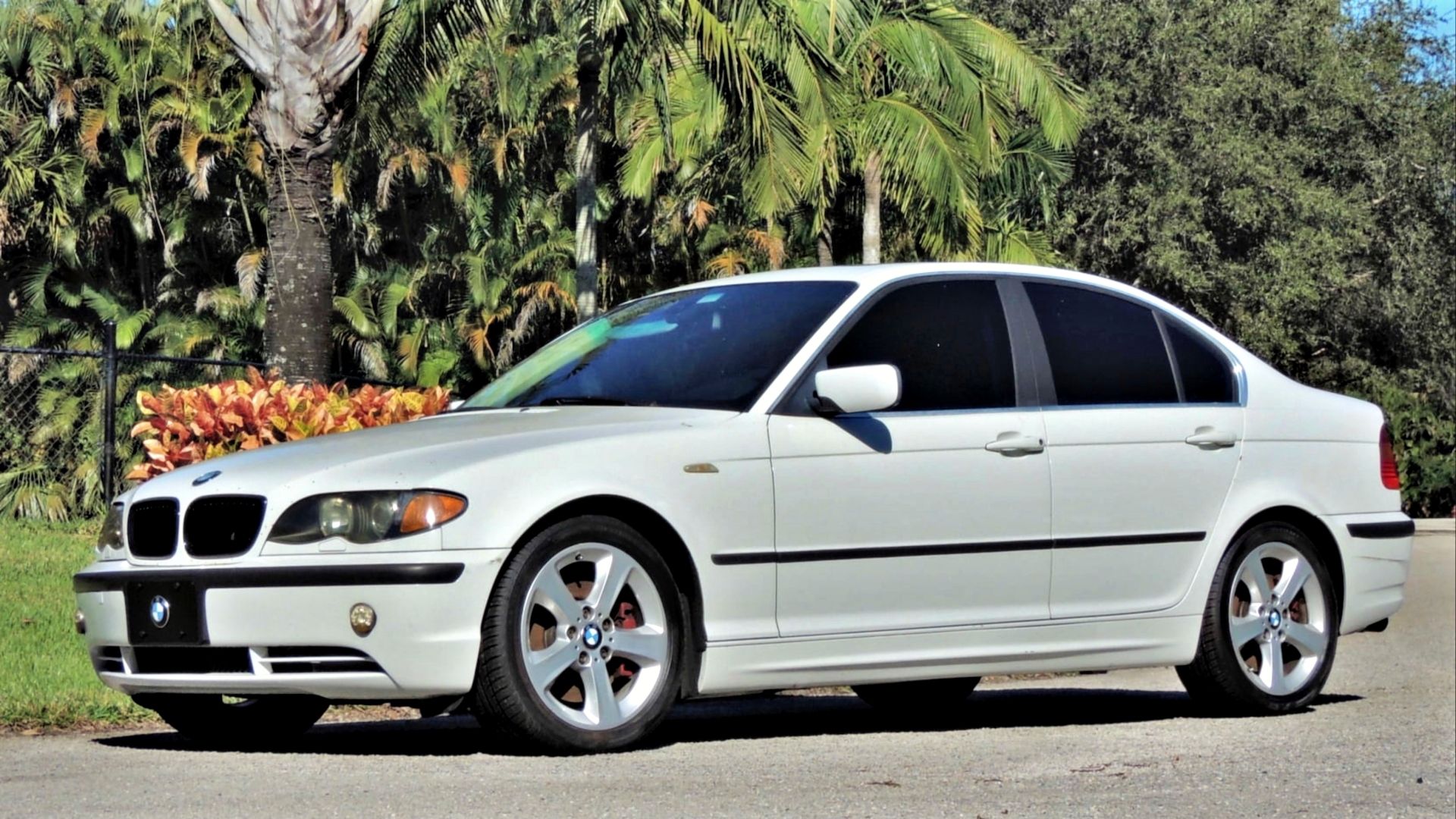
BMW 3 Series: Every Generation Ranked (Worst to Best)
Here’s how we’ve ranked all seven generations of the mighty BMW 3 Series, the benchmark for all compact sport luxury sedans
In order to give you the most up-to-date and accurate information possible, the data used to compile this article was sourced from BMW and other authoritative sources, including Classic.com, Road and Track, and Bring a Trailer.
The E46 M3 Perfected The Inline-6
Let’s start at the heart of the E46 M3, BMW’s crowning achievement of the early 2000s; the 3.2-liter S54 inline-six engine. The S54 was a driver’s dream, bringing 333 raw naturally aspirated horsepower with an incredible 7,900 RPM redline, and it wasn’t only impressive back in 2001 but remains one of the most powerful inline-six engines.
With more than 100 extra horsepower in the M3 compared to the 3-series, and almost 100 over the previous generation, the E46 was a significant jump in power for BMW. For this generation of M3, BMW offered a six-speed manual or a six-speed automated manual transmission.
Specifications and Performance
|
Model |
E46 M3 |
E46 330i |
|
Engine |
3.2-Liter naturally aspirated inline-6 |
3.2-Liter naturally aspirated inline-6 |
|
Transmission |
6-speed manual or 6-speed automated manual |
6-speed manual or 6-speed automated manual |
|
Horsepower |
333 Horsepower |
235 Horsepower |
|
Torque |
311 Pound-feet |
222 Pound-feet |
|
Driveline |
Rear-wheel-drive |
Rear-wheel-drive |
|
0-60 MPH |
4.5 Seconds |
5.6 Seconds |
|
1/4 Mile |
13.1 Seconds @ 107 MPH |
14.3 Seconds @ 97 MPH |
|
Top Speed |
155 MPH (limited) |
152 MPH |
(Source: BMW)
How The M3 Left The 3-Series Behind
The E46 M3 may have shared a chassis and body design with the standard 3-series models, but that’s about as far as the similarities go. Compared to the limit of 225 horsepower offered by the E46 3-series, the M3 was much more aggressive to drive and the extra 108 horsepower made for quite a large gap in performance on a track.
BMW upgraded just about everything to make sure the M3 stood apart, improving the interior and exterior, transmission, suspension, and exhaust so that all that extra power was taken advantage of. This resulted in the M3 hitting 0-60 MPH in 4.5 seconds Vs. the 330i’s 5.6 seconds, and quarter mile times of 13.1 seconds at 107 MPH for the M3 with the 330i trailing behind at 14.3 seconds at 97 MPH (as tested by Car and Driver).
North America’s First Untouched M3
Until the E46 M3, all previous generations had been detuned for the U.S. market – the E36 in particular was quite a lot less powerful in North America; 240 horsepower vs the European option’s 321 horsepower. This combination of the E46’s more powerful engine, and the U.S. models being delivered with the same power as the European ones, meant the E36 was left in the dust on a purely performance basis.
While you could still get the same six-speed manual transmission in the E46, BMW also offered an automated manual version (the SMG-II, a hybrid sequential manual gearbox) for snappy gear changes and paddle shifting. This has been a controversial transmission choice as it’s a strictly sequential gearbox and gears cannot be skipped, so some drivers opt to convert to manual instead.
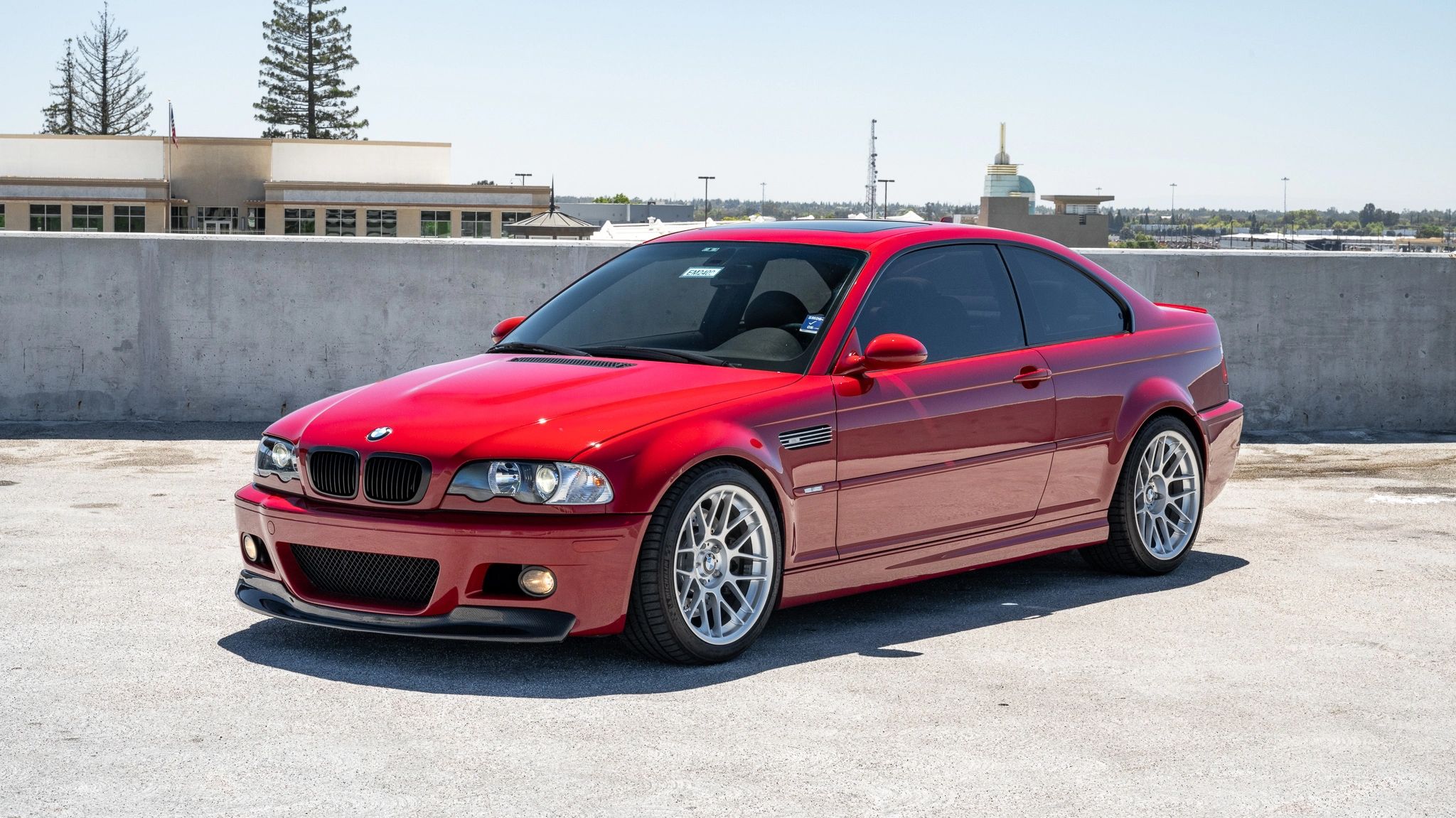
10 Things Every Enthusiast Should Know About the E46 BMW M3
The BMW M3 E46 is an intriguing and important car, but how much do you really know about it?
BMW Balanced That Power With Race-Ready Agility
With all that power under the hood, BMW needed to do something to make sure this car stayed true to the M badge; combining blistering speed with luxury comfort on the road. That meant suspension was a vital part of the equation to get right.
BMW stiffened the chassis and upgraded the suspension to make sure the car maintained grip and stability with all the extra power, translating into an even more enjoyable drive than its famous predecessor the E36. BMW really wanted to ensure that even the design choices were purposeful and contributed to aerodynamics, meticulously building what became a driving machine for the ages.
Racing Heritage At Your Fingertips
BMW M models have always been closely tied to motorsports, and with BMW’s rich racing heritage, it is no surprise that the E46 M3 itself had its share of success on the track with the V-8 GTR model. Winning the driver, constructor, and team championships in the American Le Mans Series (ALMS) in 2001, before back-to-back wins at the Nürburgring Classic in 2004 and 2005, BMW showed how serious it was about the E46 making its mark on the motorsport world.
Intelligent Design Squeezed Every Ounce Of Performance
To ensure the M3 lived up to the motorsport success of the E46 GTR, BMW fitted it with
- Wider, more aggressive aerodynamic design
- ‘Powerdome’ hood to make room for a much larger air intake
- Wider tires to improve cornering
- Limited-slip differential paired with a variable lock to maximize traction
- Dynamic Stability Control for even greater grip around corners.
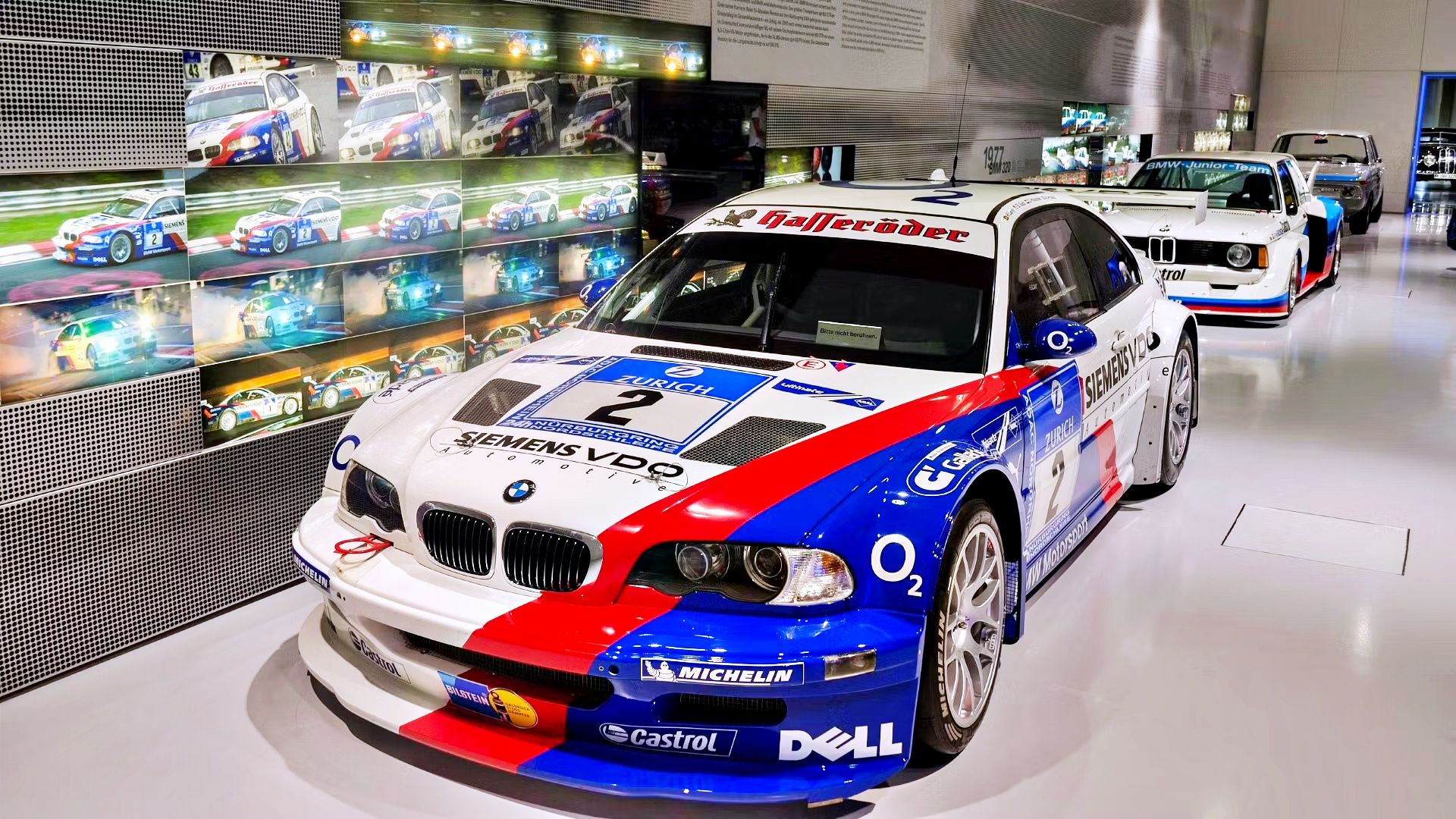
BMW M3 GTR: What Makes This Bimmer Special And How Much They’re Worth Today
A true unicorn, the E46 BMW M3 GTR is one of the most recognizable and rarest sports cars ever, and here’s why it’s practically priceless
How Much Does An E46 M3 Cost?
Being the highest-selling M3 to date, the E46 is actually quite attainable, with models as low as $10,000. The majority of the more affordable models are going to have the SMG transmission rather than the manual as these are more sought after, but there are so many possibilities with the M3 you’re guaranteed to love whichever you buy. M3s have sold on Bring a Trailer anywhere from $9,200 to $92,000, but you’re looking at an average of $30,188 across all trim options.
How Far Can Your Dollar Travel?
Obviously, the more well-maintained a model is the more you’re going to be paying, but even your typical track day project car options (i.e. repairable write-offs) are still fetching a decent price two decades on. Like many sought-after classics these days, you’ll want to get moving quickly if you want an E46 M3, as these cars are only becoming more popular, and with the increased risk of engine damage at such high revs, it’s more challenging to find one in excellent condition.
How 20 Years Has Affected Prices
On the release of the E46 M3, prices started at $46,045 for the two-door Coupe, with the two-door Convertible option sitting at $54,045. In 2005 and 2006 BMW added the Competition package (known as the M3 ZCP) for $4,000 extra, including some of the performance upgrades from the European-only CSL model, itself a nod to the legendary 70s 3.0 CSL.
This lighter, more responsive M3 with a manual transmission sells for $8,000 more on average compared to the SMG version, and the low mileage options of both are sitting above retail price even 20 years later. If the future value is a consideration for you as a buyer, the E46 M3 ZCP (that’s a mouthful) is a great car and to date has been a great investment.
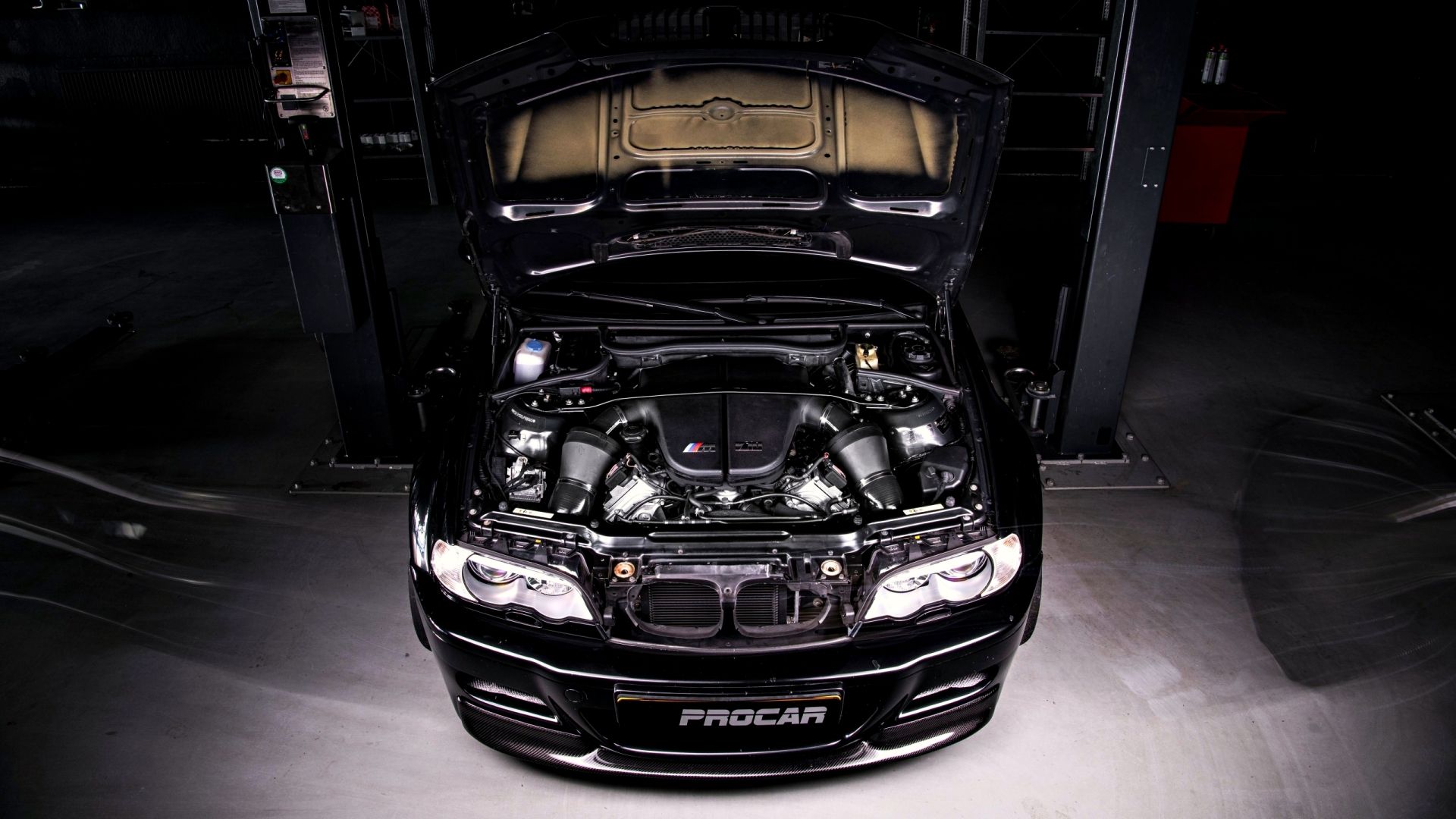
The Best Of Both Worlds: The Only E46 BMW M3 With A DCT And A V-10 Heart
Dutch tuner, Procar took three years and 700 manhours to create this unique M3 project car, that’ll leave any BMW fanboy drooling
Two Decades Later, The Lasting Legacy Of The E46
If you were a keen motorsports fan in 2001 (or loved Need for Speed: Most Wanted), you may have seen BMW offer up a hint of what was to come for the M3 platform in the M3 GTR. Built with a 4.0-litre naturally aspirated V-8 capable of up to 650 horsepower, the GTR was designed to compete in the American Le Mans Series. BMW only made six road-legal detuned options for this unicorn car, its first V-8-powered M3.
When BMW announced the E90 generation M3 it was the natural progression to include their 4.0-litre V-8, but it was arguably necessary as the E46 had set the bar so high. The E90 generation also stepped up the technology used and while there are advantages to this, some driving purists may prefer the more hands-on experience of driving the E46 M3 with its analog gauges and lack of infotainment screens.
The Final (Naturally Aspirated) Breath Of M3’s Inline-6
An end of an era, the E46 was the last M3 to feature a naturally aspirated inline-6 engine. While the inline-6 platform has continued on in various models over the last two decades, the M models have switched to forced induction (following the E90’s naturally aspirated V-8).
Unfortunately, the E46 did have some issues that may have led to BMW’s decision to change direction with future engines. Most widely reported were issues with the rear subframe cracking, actuation failure in the SMG transmission, and possible issues with the VANOS system. Small issues can become larger under stress and with a redline of almost 8,000 RPM the E46 was pushing the inline-6 to its limits.
The E46 M3, Timeless Classic
Two decades later, the BMW E46 M3 still sits right at the top of the automotive world, beloved by car enthusiasts around the world with the raw performance from its iconic inline-6 causing many a heart to flutter, and the smooth, responsive handling a joy for any driver.
Many classics show their age, with older technology and engineering choices becoming more of a hindrance than a quirk, but the E46 M3 is a demonstration of how you can perfectly balance the key elements of a sports car without sacrificing your end goal. BMW set out to make the ultimate driving machine and in this goal they overwhelmingly succeeded, building a car that has stood the test of time without fault but is still attainable for those who missed the original release.
[ad_2]
Source link


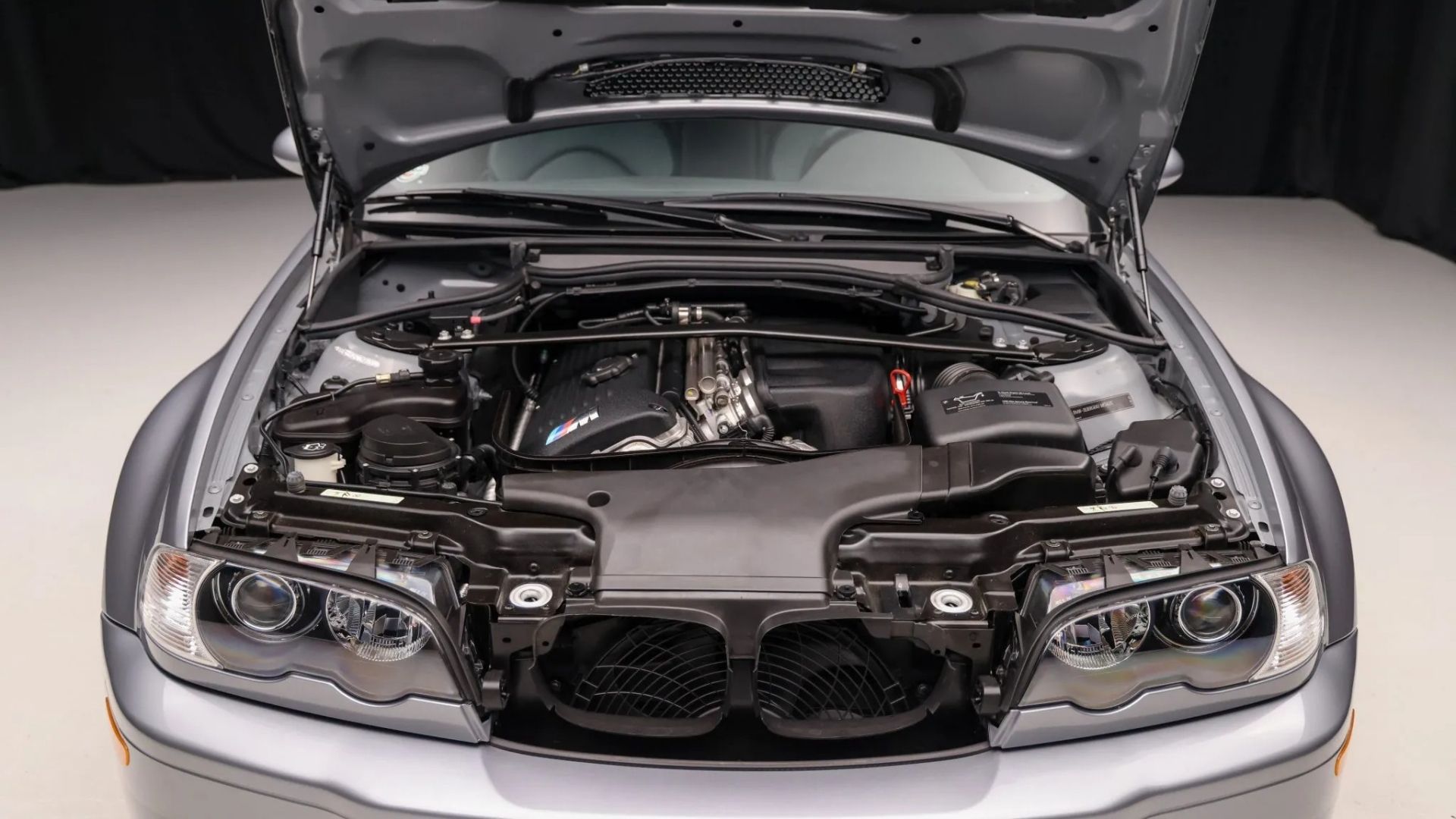
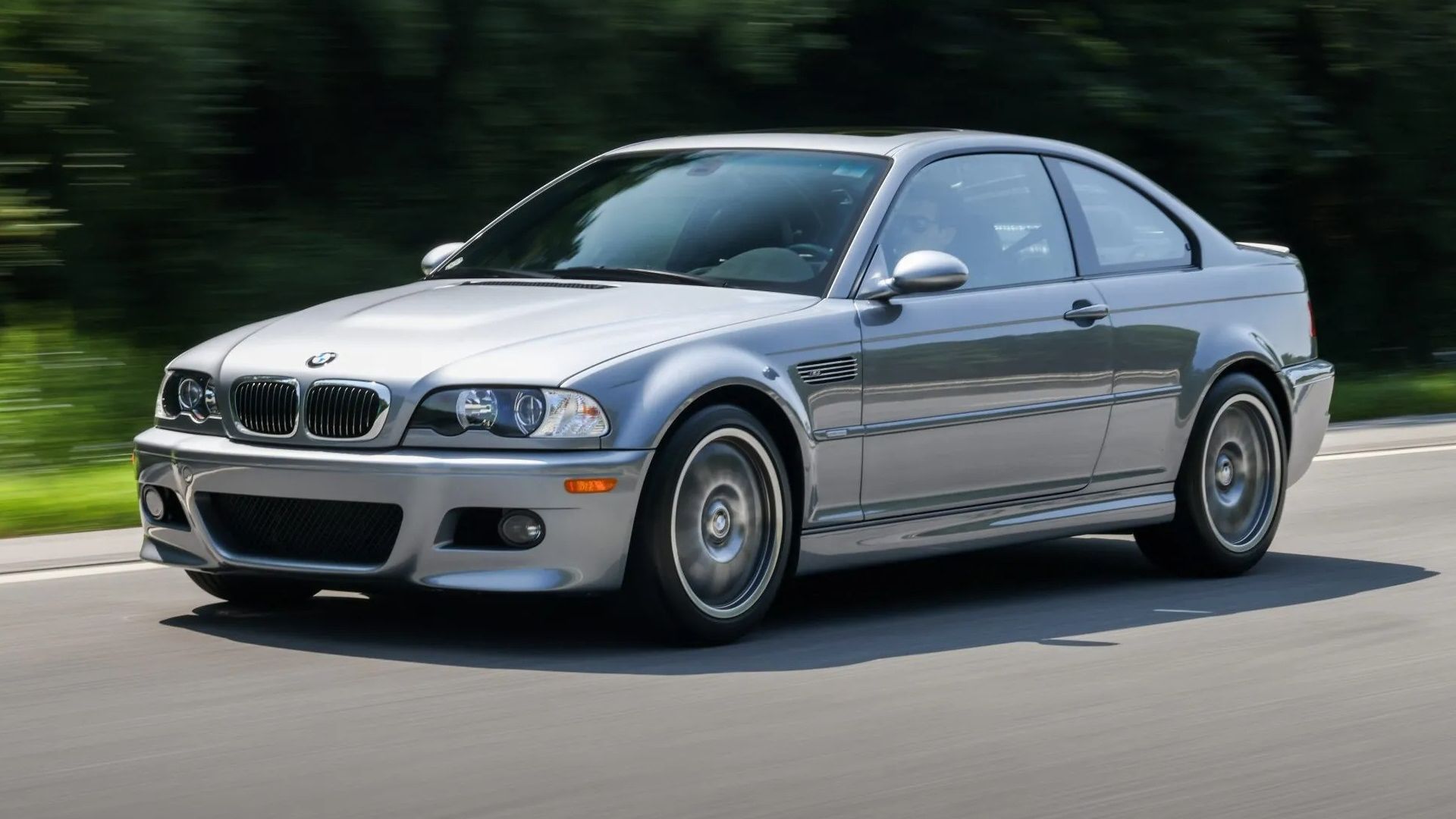
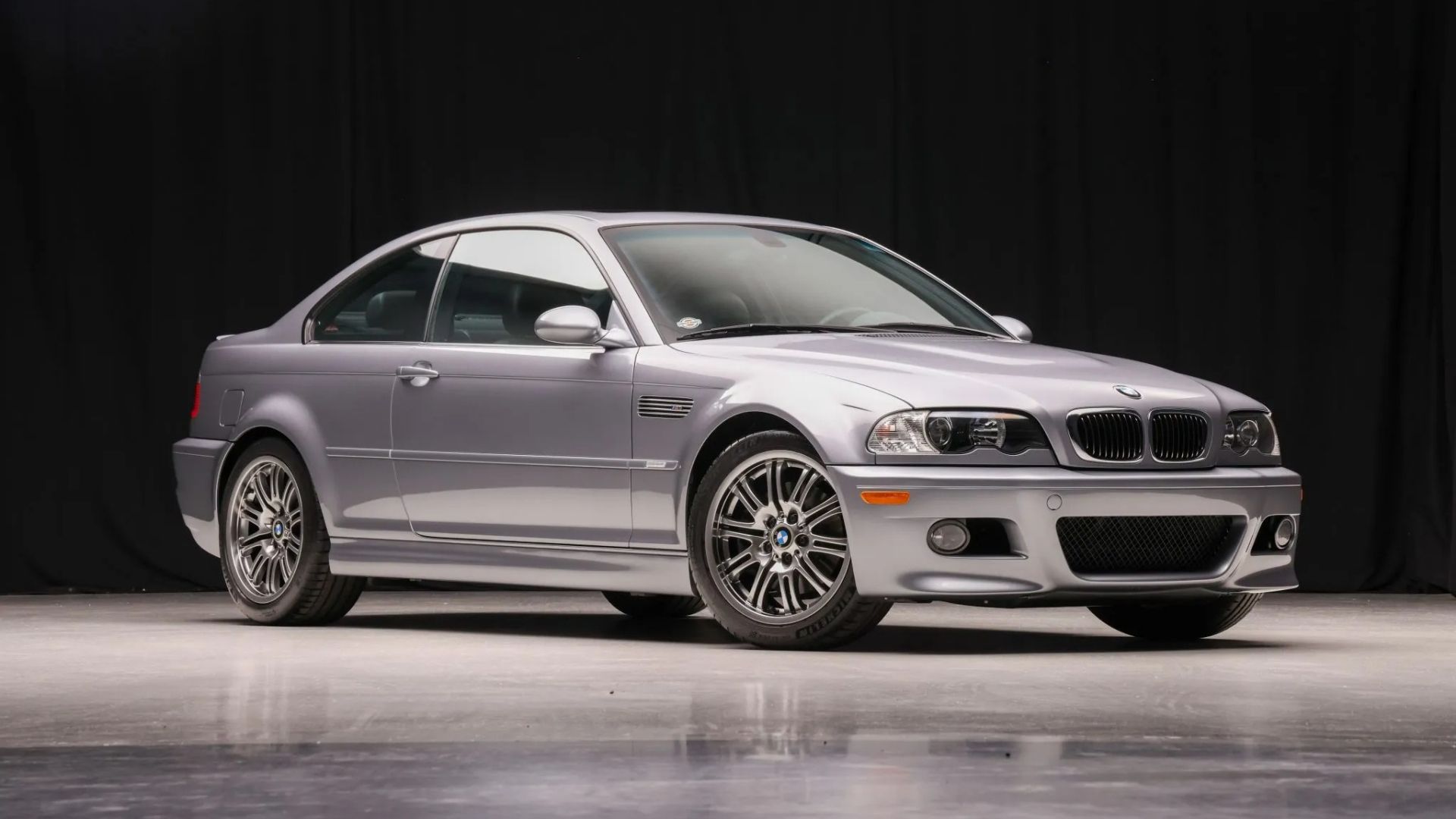
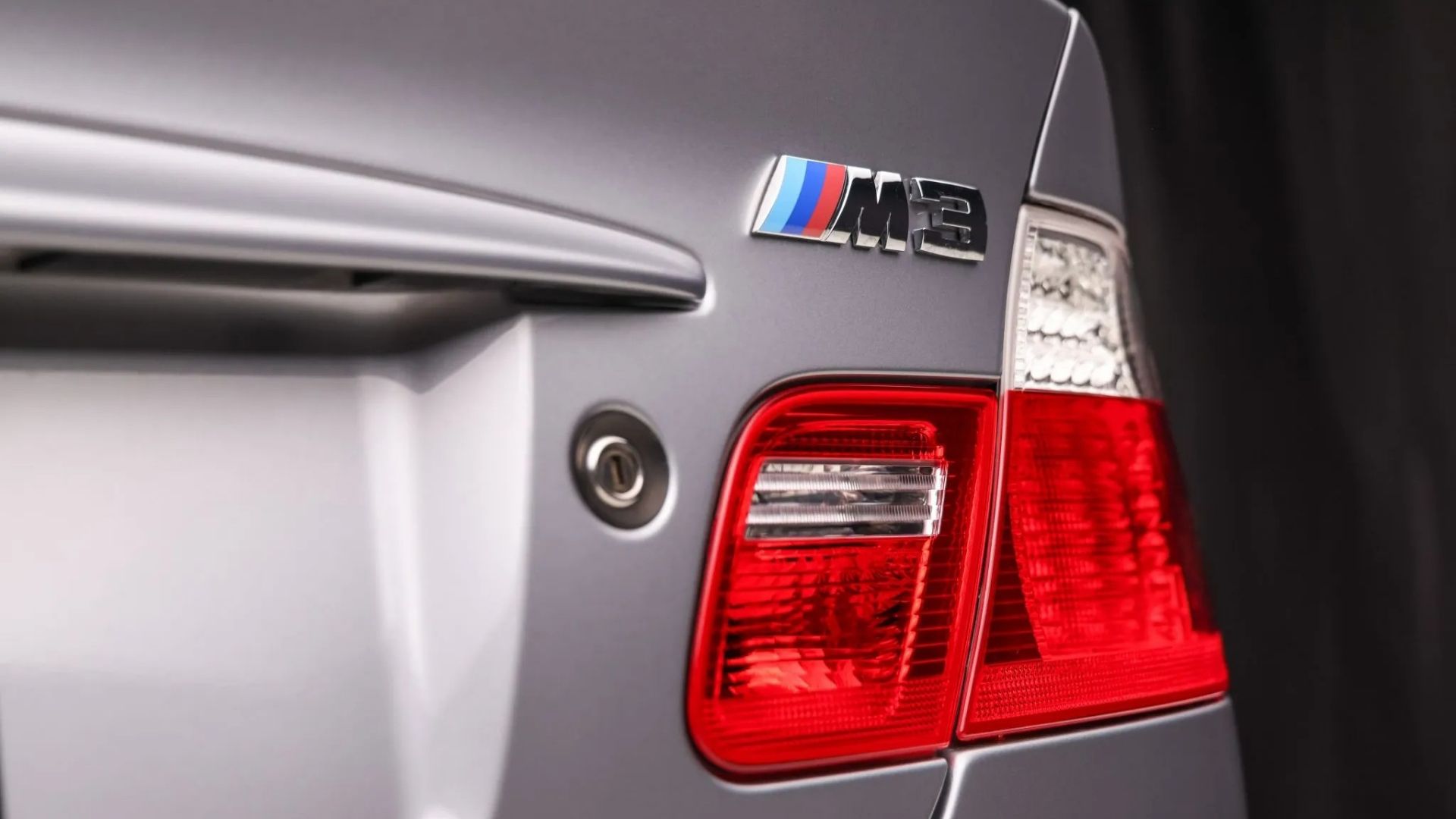
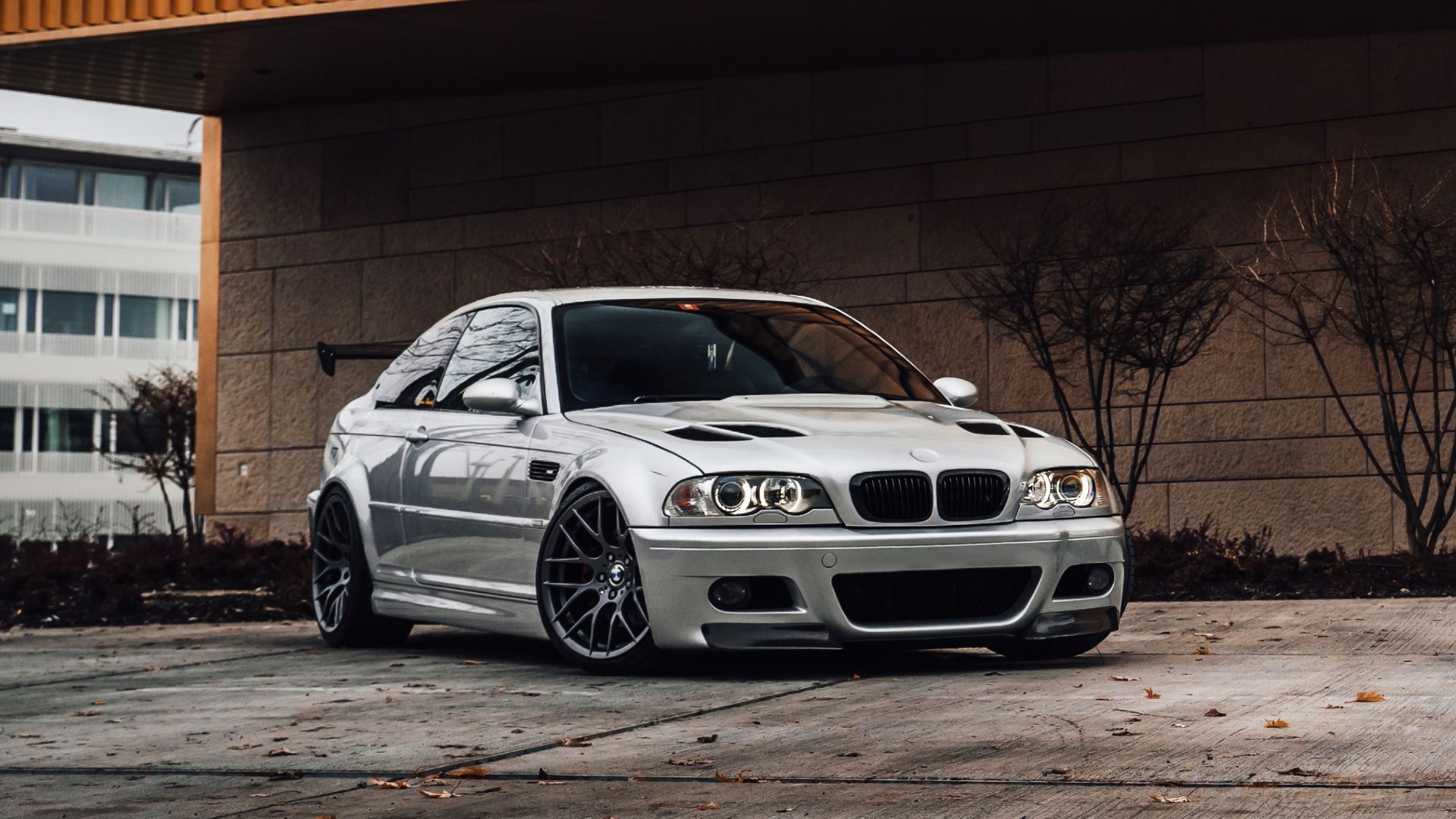
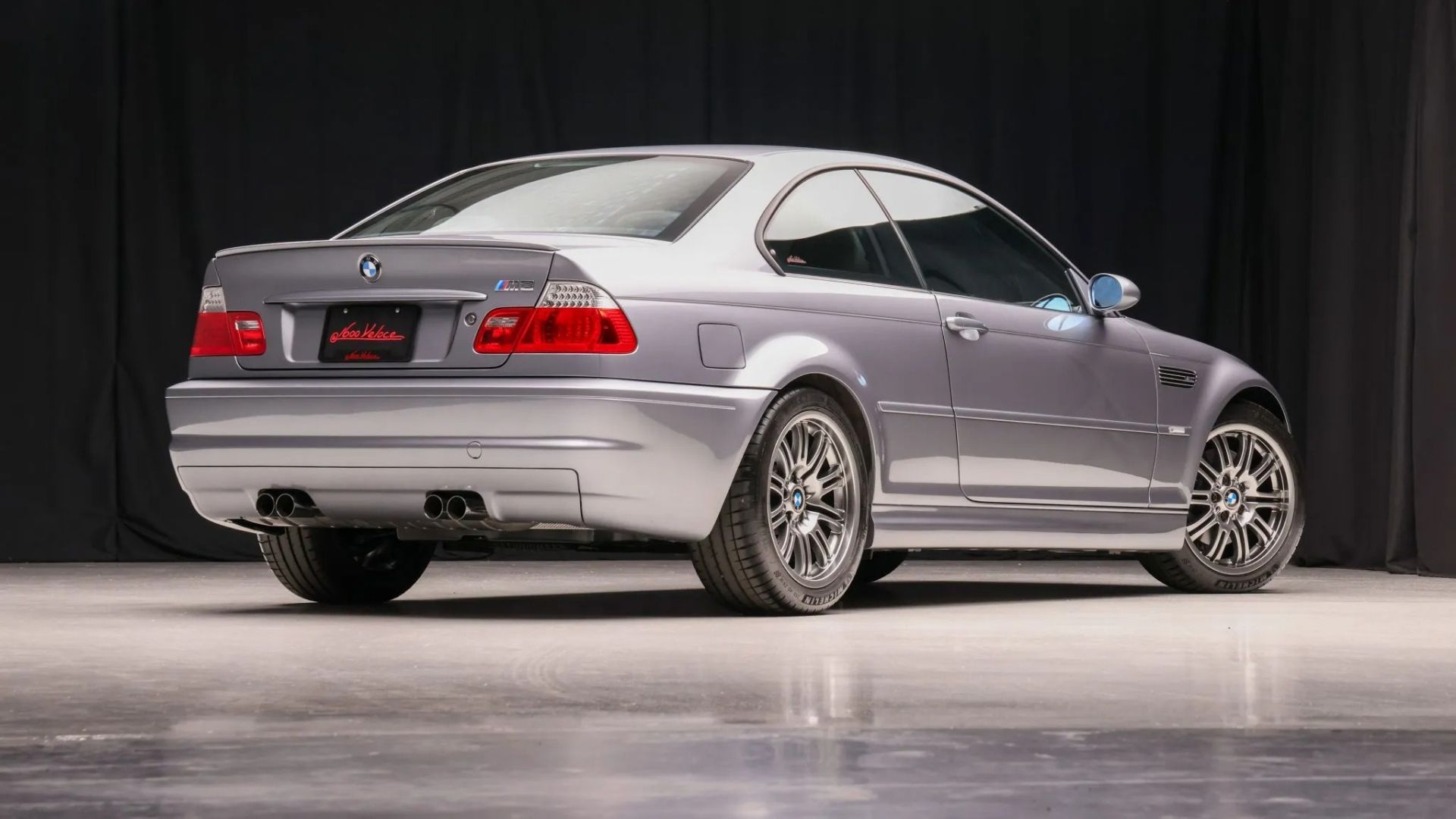
Leave a Reply
You must be logged in to post a comment.